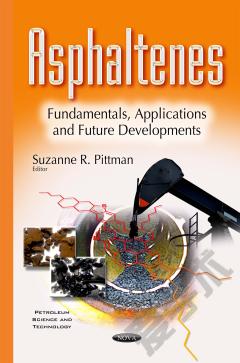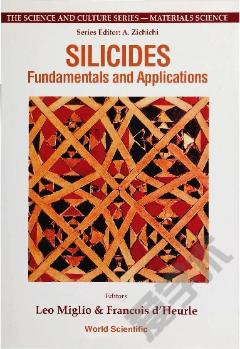Asphaltenes: Fundamentals, Applications and Future Developments
Asphaltenes are non-crystalline, brittle, and black solids. At high temperatures they can polymerize, and convert into coke or asphaltic residue. As they do not show a fixed boiling point temperature, it is impossible to measure their enthalpy of vaporization by direct means. This book provides current research on the fundamentals, applications and future developments of asphaltenes. Chapter One presents an overview of the main properties of the crude oil (crude) asphaltenes, the problems that these dimly-understood solubility class of chemical compounds may create during the production, transportation and refining processes, and the recent efforts that have been made to achieve a more comprehensive understanding of the molecular architecture and aggregation mechanisms presented by these compounds. Chapter Two examines asphaltenes and crude oil fouling. Chapter Three reviews thermal degradation of asphaltene by Micro Scale Sealed Vessel (MSSV) pyrolysis. Chapter Four aims to develop magnetite-silica nanoparticles with a core-shell structure to inhibit the formation damage caused by asphaltenes. Chapter Five evaluates surface changes in CAP 30/45 (asphalt cement, penetration grade 30/45) and paraffin films obtained through spin coating and aged by ultraviolet (UV) irradiation. Chapter Six investigates the factors that affect the breakthrough time process of CO2 injection, using a 2D mathematical model for immiscible injection of carbon dioxide which was developed in the formation of Ilam in one of the oil fields in Iran.
{{comment.content}}








 京公网安备 11010802027623号
京公网安备 11010802027623号